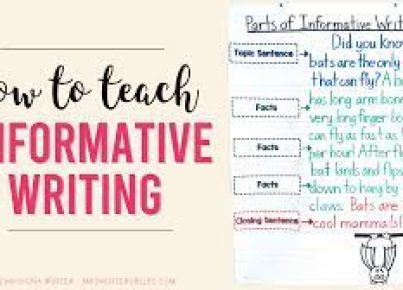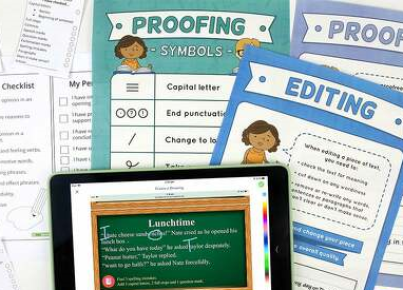Introduction:
Explanation texts are an essential part of any student’s learning journey. These texts help students understand various concepts and processes more effectively. Whether it’s explaining how a volcano erupts or the life cycle of a butterfly, a well-written explanation text can captivate the young reader’s attention while imparting valuable information. Here are the top five explanation writing tips for younger students to excel in creating engaging and informative explanation texts.
1. Plan and Organize Your Information:
Before you start writing, it is crucial to plan and organize your thoughts. Begin by brainstorming the main ideas you want to cover in your explanation text. Break down complex concepts into smaller, easily understandable parts. Arrange these parts in a logical order that will make sense to your readers. Creating an outline can help you visualize how each piece of information connects with and builds upon others.
2. Use Clear and Simple Language:
As a young writer, it is essential to use clear and simple language in your explanation texts. Avoid using jargon or technical terms that may confuse your readers. Instead, choose words that are familiar to your target audience and explain complicated ideas in simple terms. Using straightforward language will ensure that your readers can easily understand the concept you are explaining.
3. Incorporate Visual Aids:
Younger students often find it easier to comprehend complex ideas when they are presented visually. Incorporate diagrams, illustrations, or charts into your explanation text to better illustrate key concepts or processes, making them more accessible to your audience. Visual aids also help break up large blocks of text, making the information easier to digest for young readers.
4. Use Examples and Analogies:
One effective way to explain complex ideas is by using examples from familiar contexts or drawing analogies with something that the reader already knows about. Providing real-life examples or comparisons to simpler concepts can help clarify ideas for the younger audience, making the information more relatable and understandable.
5. Revise and Edit Your Work:
After writing your explanation text, take time to revise and edit your work thoroughly. Check for clarity, coherence, and consistency in the information you are presenting. Ensure that ideas flow smoothly from one paragraph to another, and there is a clear progression from introduction to conclusion. Don’t forget to pay attention to grammar, punctuation, and spelling errors as well.
Conclusion:
By following these top five explanation writing tips, young students can develop effective explanation texts that engage their readers and convey complex ideas in a clear and simple manner. Moreover, fostering good writing habits at an early age will undoubtedly serve as a strong foundation for future academic success.




